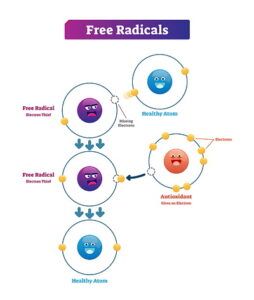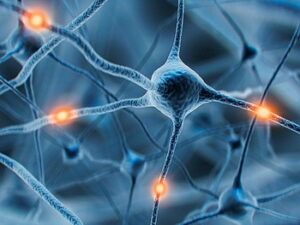So you go to a bagel store and look at the drink menu. You see the coffee listings and you are bewildered by all the different types of coffee they have. Well, bewilder no more. Here we will discuss what each coffee blend is so you can make an educated decision. Let’s go!
Espresso
 Ever drink black coffee? There you go! Only this type of black coffee will give you the jump start for your morning commute. That’s because espresso is darker and stronger. You will usually get it in a shot glass or you might get it as a double.
Ever drink black coffee? There you go! Only this type of black coffee will give you the jump start for your morning commute. That’s because espresso is darker and stronger. You will usually get it in a shot glass or you might get it as a double.
With that said, espresso is nothing more than strong black coffee with a bit of milk foam, called macchiato (meaning ‘mark’) at the top. It is also found at numerous other coffee drinks’ base (bottom).
What is Milk Foam?
Well, you need an espresso machine to start with. It comes with a steam wand required to push (hot) air into the milk, but only the tip of the wand is placed into the milk and only at the top. Once correctly placed, the air comes out of the wand, which causes mist in the milk. You can then pour the steamed milk on top of the drink and even make some designs. This process of sending air into the milk is called frothering and is an essential process in making espresso coffee.
What are the Ingredients of Espresso?
The coffee shop connoisseur boils a minor amount of water. Then, he forces the water through tiny ground coffee beans, which makes the espresso thicker than the typical coffee you are more familiar with. To finish it off, he places the milk foam at the top.
Believe it or not, espresso is not caffeine-heavy and has a bit less caffeine than standard coffee.
What is Cappuccino?

A favorite among Italians. This drink can be served hot or cold, but most people are used to the hot one.
Cappuccino is made with espresso poured at the bottom with milk at the top. In between is steamed milk and milk foam. The proportion of ingredients is 1/3 espresso, 1/3 steamed milk, and 1/3 milk foam.
Sounds tasty, right? So the next time you go into your coffee shop or bagel store, get a fresh cup of hot cappuccino!





